The Be-4, a new observation seaplane
In 1939, Beriev was ordered to develop a successor to the KOR-1 design (Beriev BE-2), which would overcome the numerous problems encountered in operational experience with that design. The new aircraft, with the in-house designation KOR-2, first flew on 21 October 1940 at the Beriev factory in Taganrog. The Be-4 was an elegant, parasol-winged monoplane with a slight inverse-gull wing. The large radial engine was mounted in a nacelle above the fuselage.
Testing continued through January 1941, when series production was ordered under the designation Be-4, at a factory near Moscow. However, due to the start of World War II, only two aircraft were completed. The factory was dismantled, and evacuated to Omsk, then to Krasnoyarsk, where production resumed in May 1943 to the end of 1945. A total of 47 aircraft were eventually completed.
Design development of the KOR-2
The first version of the shipbuilding program of the USSR appeared in 1937, then it was constantly reworked and corrected. According to the project of the "Large Sea and Ocean Fleet", by January 1, 1946, 15 battleships, 16 heavy and 28 light cruisers, two aircraft carriers, 20 leaders, 144 destroyers, 96 patrol ships, 204 minesweepers, 28 mines and 14 network minelayers, 6 monitors and gunboats, 348 torpedo boats, 115 submarine hunters, 336 submarines.The basis of the future "Large Sea and Ocean Fleet" was to be battleships and heavy cruisers, which required airborne reconnaissance ejection seaplanes. The purpose of such an aircraft was to conduct reconnaissance and adjustment of artillery fire, as well as to conduct close sea reconnaissance. The KOR-1, adopted by that time, did not satisfy the Soviet fleet. It was necessary to create a new catapult reconnaissance spotter, it was necessary in parallel with the construction of ships. At the end of 1938, a task appeared to develop a promising catapult seaplane for new heavy ships, which received the designation KOR-2. In addition to G. M. Beriev, such designers as I. V. Chetverikov and V. B. Shavrov presented their draft designs on this topic.
But, already on February 27, 1939, by a joint decision of the NKAP and the NK Navy, the task of designing and building KOR-2 was transferred to the Central Design Bureau of Naval Aircraft Building, headed by G. M. Beriev. The arguments in favor of this was that the Central Design Bureau of MS had experience in designing and fine-tuning the KOR-1, and was familiar with both catapults and the problems of ejection launch.
According to the tactical and technical requirements, the KOR-2 should have a total length of no more than 9.5 meters, a wingspan of no more than 11.0 m (when folded, the width is 4.5 m). Flight weight should not exceed 2600 kg. Flight range - 1200 km. The draft design was developed in two versions - a flying boat and a float floatplane. The boat version was proposed as the main one, with which the customer agreed, but objections were raised by the linear dimensions of the aircraft (length 10.4 m, wing span 12.0 m, width with folded wing 4.7 m). Representatives of the fleet insisted on the dimensions indicated in the ToR, however, Beriev managed to defend his option, motivating him by the fact that otherwise it would be impossible to guarantee sufficient seaworthiness of the KOR-2.
The approved terms of reference for KOR-2 arrived in Taganrog on July 31, 1939. Further, the development and construction of the aircraft, which received the internal designation TsKB MS-9, went at a good pace. On August 7, a preliminary design was presented, on January 21, 1940, a mock-up was built.
In the final version, KOR-2 was made in the form of an all-metal two-way flying boat. The wing consisted of a center section and two consoles, and the consoles folded. An M-63 air-cooled engine with a capacity of 1100 hp was chosen as the power plant. with., single-row star-shaped, with a two-speed supercharger. To reduce landing speed, the aircraft had Schrenk shields. The crew consisted of two people - a pilot and a navigator. The seaplane had dual controls located in the cockpit, with the right handle and pedals being removable.
The armament consisted of one fixed installation of a ShKAS machine gun (7.62 mm) in the bow of the boat and a ShKAS machine gun on an MV-5 turret located in the middle of the boat. The aircraft could carry bombs weighing up to 200 kg. The main purpose of the KOR-2 was close-range naval reconnaissance, the adjustment of naval and coastal artillery fire, the protection of heavy warships from enemy submarines, anti-submarine search, as well as the fight against small warships and boats.
Design Specifics
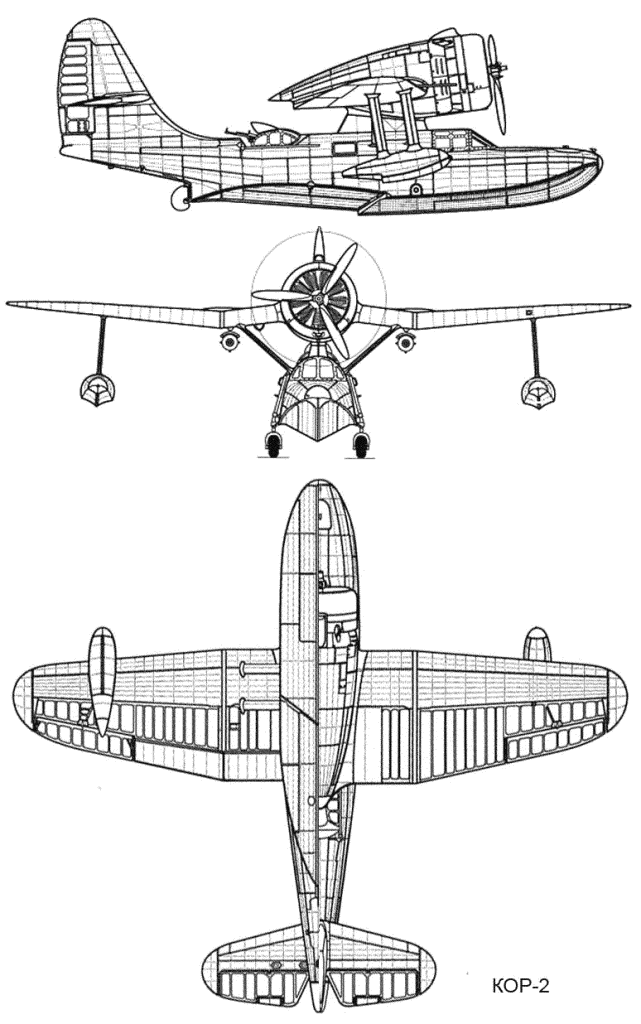
KOR-2 - ejection all-metal reconnaissance, spotter and short-range bomber. A flying boat with a high strut wing and cantilever plumage. The aircraft could be based both on ships and on coastal bases. The crew is two people: a pilot and a navigator gunner.
The fuselage is a two-row boat with a keeled bottom. The first redan is wedge-shaped, the second curvilinear, a water rudder controlled by pedals was installed on it. The power set and sheathing is made of duralumin. Four watertight partitions divided the boat into five compartments. A battery was installed in the sealed bow compartment, and this compartment was also used as a cargo compartment. Next was a closed cockpit with plexiglass glazing. Behind the cockpit was the navigator's cabin, interconnected by a watertight door.
Wing - two-spar, with a working skin, made according to the "reverse gull" scheme, consisted of a center section and two consoles. When storing the aircraft on the ship, the wing consoles folded. The wing was equipped with landing flaps and ailerons. Wing caisson all-metal construction. The shanks of the wing and the center section were sheathed with canvas, the sheathing of the rest of the wing was duralumin. To ensure the lateral stability of the aircraft afloat, underwing single-row floats were installed on the wing consoles.
Tail - cantilever, standard scheme. The horizontal tail consists of a stabilizer rigidly fixed to the keel and a continuous elevator. The vertical tail consists of a keel and a rudder. The keel was carried out as a single unit with the tail section of the fuselage. The rudders had axial aerodynamic compensation and were equipped with trimmers to reduce the effort on the pedals and the control stick. The trim of the stabilizer and keel is duralumin, the rudder trim is linen.
Chassis - single-column, welded construction was attached to the front wing strut assembly on the boat and to the catapult trunnion using pins. The erratic landing gear consisted of a main landing gear bogie and a tail bogie used to move the aircraft along the deck or coastal airfield. A non-retractable undercarriage with a tail skid was also provided for operation from the ground.
Control - double control system, mixed rigid and cable: ailerons and elevator - handle and rigid tubular rods; rudder - pedals and cables. The water rudder was controlled by pedals synchronously with the rudder. Control of shields is electromechanical. Control of trimmers with cables and chains.
Engine & Performances
The power plant is an air-cooled piston engine M-62IR with a capacity of 850 liters. With. OKB Arkady Shvetsov. The screw is metal, three-bladed, pulling with a diameter of 2.6 m. The fuel was in two tanks in the engine nacelle and two tanks in the boat. The total capacity of all gas tanks is 840 liters. The engine was started by an electric inertia starter or manually.Armament
the aircraft was equipped with small arms and bomber weapons. Small arms - two ShKAS machine guns of 7.62 mm caliber, 150 rounds each in the bow, fixedly mounted and an AD 7.62 mm machine gun with 500 rounds of ammunition on the turret in the middle part of the boat. Four bombs weighing up to 100 kg each were placed on an external suspension on beam bomb racks. The aircraft could also be equipped with eight rocket guns.Equipment
Equipment - the aircraft was equipped with a standard set of aeronautical equipment and instruments for that time. The radio equipment consisted of a radio station and a radio semi-compass located in the navigator's cabin. Internal communication between the pilot and navigator was maintained using an aircraft intercom. The source of electricity on board was a generator and a battery, the mains voltage was 27 V. Oxygen devices were provided for both crew members. To conduct photographic reconnaissance and record the results of bombing, the aircraft was equipped with a camera. Rescue equipment consists of parachutes and life belts for crew members, as well as an inflatable three-seater boat.Specifications Be-4 | |
| Crew: | 2: Pilot, Observer, rear Gunner |
| Dimensions: | 10.50 x 12 x 4.05 m (34 ft 5 in x 39 ft 4 in x 13 ft 3 in) |
| Wing area: | 25.5 m2 (274 sq ft) |
| Weight: Light | 2,082 kg (4,590 lb) |
| Weight: Gross | 2,760 kg (6,085 lb) |
| Propulsion: | Shvetsov M-62 radial , 746 kW (1,000 hp) |
| Performances: | Top speed: 356 km/h (221 mph, 192 kn) Service ceiling: 8,100 m (26,575 ft) Range: 1,150 km (716 mi, 622 nmi) |
| Armament - MGs | 1x trainable 7.62 mm ShKAS machine gun for observer |
| Armament - Bombs | 300 kg (661 lb) of bombs or depth charges |
Production & Service

KOR-2 on the cruiser Molotov
In 1941, 2 aircraft were assembled at plant No. 288 (Savelovo) (No. 28801 and 28802). The first aircraft was assembled by August 11, but during the tests on September 9 it sank. The flight of the second aircraft took place on 20 September. Its fate is not known. The third did not had time to complete its trials and was evacuated together with the associated workship and personal to Omsk. In December 1940 it was decided to rename combat types and the Beriev KOR-2 was redesignated Be-4. On January 21, 1941, factory tests were completed, which made it possible to draw the most favorable conclusions regarding the flying boat.
On August 11, 1941, the construction of the first production aircraft (serial number 28801) was completed. Unlike the prototypes, it was equipped with a less powerful, but more resourceful M-62 engine with a takeoff power of 1000 hp. and rated 850 hp. on the first border of altitude. The propeller is a three-bladed VISH-105-62 or AV-24. In addition, we made some modifications to the design and equipment. In particular, the aircraft was equipped with an emergency reset mechanism for the cockpit canopy, an armored backrest, the RSMR-3 radio station was replaced with an RSBM-bis, and the AFA-27 camera was replaced with an AFA-27T. This machine was destined to perform only 6 flights.
On September 9, in good sunny weather and complete calm, the sun glare led to the appearance of a mirror effect, and N.P. It was very difficult for Kotyakov to determine the distance to the water when landing. As a result, the touchdown occurred at high speed, the aircraft received significant damage and quickly sank to the bottom. Together with him, the 1st rank military technician Sukachev drowned, and the pilot and engineer of the Beriev design bureau Morozov were able to escape. However, the accident report emphasized the general opinion that "the car is good."
On September 14, Reidel took off the second serial Be-4 (# 28802). In total, during the tests, which lasted until October 10, 49 flights were performed with a total flight time of 10 hours 3 minutes. In the flight and aerobatic assessment it was noted that "the Be-4 is an easy-to-fly machine, quite designed for an average pilot, and the aircraft is perfectly controllable during taxiing due to an effective water rudder." After the evacuation of the factories, the Be-4 was produced at two factories - No. 288 in Omsk and No. 477 in Krasnoyarsk.
"On the Black Sea, the Be-4s were used as close naval reconnaissance missions, systematically scanning the 40-mile coastal zone and performing ASW missions in the areas of naval bases. Several times the Be-4 met in the air with the German flying boats BV-138 and Do-24, sometimes it came to shooting, but these duels passed without consequences for both sides. As the general situation at the front changed in our favor, the Be-4s appeared on board the warships. On the cruiser "Molotov" by the decision of GKO # 4093 of September 12, 1943, a modernized catapult ZK-1A was installed. In Batumi in August 1944, blanks were launched from it, and the next month acceptance tests began in Novorossiysk. In the act of October 24, 1944, it is noted that "the catapult, tested by multiple launches of Be-4 and Spitfire aircraft, works perfectly and can be approved for use." In June 1944, the 24th separate squadron of naval aviation was formed at the Black Sea Fleet, which, in addition to the Be-4, included Spitfire Mk.VB fighters. In July 1945, this squadron included 8 Be-4s.
The Be-4 did not serve in the Northern Fleet, which had no ships larger than a destroyer for almost the entire war. However, in the Arctic, Beriev's seaplanes still had to fight. In 1943, German submarines began active operations on Soviet Arctic communications. To fight them, the Northern detachment of the White Sea military flotilla did not have enough strength, so, among other measures, it was decided to send to about. Dixon two Be-4. The choice fell on cars with numbers 28811 and 28812, which were registered with Polar Aviation and received civil registration of the USSR-NZZO and USSR-N331, respectively. The first was piloted by pilot V.V. Malkov, the second - M.V. Thaiman.
The planes flew from Krasnoyarsk to Dikson and on 2 August 1943 began anti-submarine patrols. The weapons used were PLAB-100 anti-submarine bombs. The only combat encounter took place on 28 August. After a German submarine sank the Dixon transport 20 miles from Cape Sterligov, the Be-4 bombed the area. The crews did not observe the results of the attack. At the end of September, the temperature dropped sharply, freeze-up began, which made it necessary to overtake the seaplanes back to Krasnoyarsk.
By that time, the NZZO flew in the Arctic 35 hours 15 minutes, and H331 - 31 hours 20 minutes. The Be-4s appeared in the Baltic in 1944, when the first 9 aircraft entered the 29th separate reconnaissance squadron. At the beginning of 1945, there were 10 Be-4s in it: No. 4770205, 4770301, 4770302, 4770303, 4770305, 4770401, 4770402, 4770403, 4770404, 4770405. The tasks of the seaplanes were to conduct anti-submarine search, as well as rescue crews of downed aircraft. For example, on July 22, 1944, after striking German ships, an Il-2 attack aircraft from the 8th Guards Assault Regiment of the 11th Assault Aviation Division made an emergency landing in the Gulf of Finland. The plane quickly sank, and the pilot Kuznetsov and the shooter Strizhak got into a rescue boat and a little later were taken out by the Be-4, which took off from the Mount Valdai hydro aerodrome.
On January 1, 1945, there were four Be-4s (Nos. 28808, 28809, 4770201 and 4770203) as part of the 115th naval short-range reconnaissance aviation regiment of the Pacific Fleet Air Force. They did not participate in hostilities against Japan, but after the end of the war they confirmed their appointment as ship reconnaissance missions with catapult flights from the Pacific cruisers Kalinin and Kaganovich.
It is curious that in May 1945 an order was issued by the People's Commissar of the Navy on the establishment of additional remuneration for flight crews for catapult launches. For the first such takeoff, the pilot was entitled to 150 rubles, for all subsequent ones - 75 rubles each. The navigator was paid a bonus of 75% of the pilot's remuneration, and the technicians - 50% each. If the pilot performed a control flight of an aircraft that had just arrived at the ship from the factory or after a major overhaul, he was owed 500 rubles.
In the summer of 1946, the Be-4 No. 4770702 was tested on the Kaganovich and Kalinin in the reloading version. The plane was piloted by test pilot V.F. Sokolov. To ensure the correct position of the pilot and navigator at the workplaces during the start, their seats were equipped with armrests, thrust and headrests. From 3 to 12 July from the ZK-2A catapult of the cruiser "Kalinin" 32 launches of blanks and 13 aircraft launches were carried out in the ship's parking lot at different wind strengths and with different flight weights. On August 16-28, 5 aircraft launches were carried out from the cruiser Kaganovich (catapult ZK-2B) (one with a takeoff weight of 3200 kg and four with a take-off weight of 3200 kg and four with a takeoff weight of 3345 kg) while the ship was underway at an ejection speed of 130 km/h and a maximum acceleration of up to 4, 5 days. It was noted that all takeoffs went well, without "subsidence" and "swelling" of the aircraft, and the Be-4 in the overload version can be piloted by a pilot of average qualification.
Summing up, I must say that the Be-4, compared to its predecessor KOR-1, has become a significant step forward. This flying boat was quite modern, seaworthy, comparable in flight performance with its foreign counterparts to the ship reconnaissance. The Be-4 was the only domestic seaplane serially built during the war years. But created for the ships of the "large sea and ocean fleet", which did not manage to get off the stocks before the start of the war, the Be-4 was actually left without work. His post-war career was also quite short. With the advent of radar stations on warships, ejection reconnaissance aircraft lost their former significance, and in 1947 the catapults were dismantled on all cruisers.
Books
Taylor, Michael J. H. (1989). Jane's Encyclopedia of Aviation. London: Studio Editions. p. 153.World Aircraft Information Files. London: Bright Star Publishing. pp. File 890 Sheet 26.
Знаменательные даты октября в истории авиации // Авиация и космонавтика. — М., 2015. — № 10. — С. 13.
Шавров В.Б История конструкции самолётов в СССР 1938—1950 г.г.
Заблотский А., Сальников А. Корабельный разведчик для «большого морского и океанского флота». Киев: АэроХобби, 2005.С. 4—12.
Шавров В. Б. История конструкции самолётов в СССР. 1938-1950. — 4-е изд.. — М.: Машиностроение, 2002. — 554 с.
Links
century-of-flight.freeola.com airpages.ru On en.topwar.ruwikipedia ru
aviastar.org
airpages.ru
alchetron.com
armedconflicts.com
ww2aircraft.net
Gallery
Author's illustrations
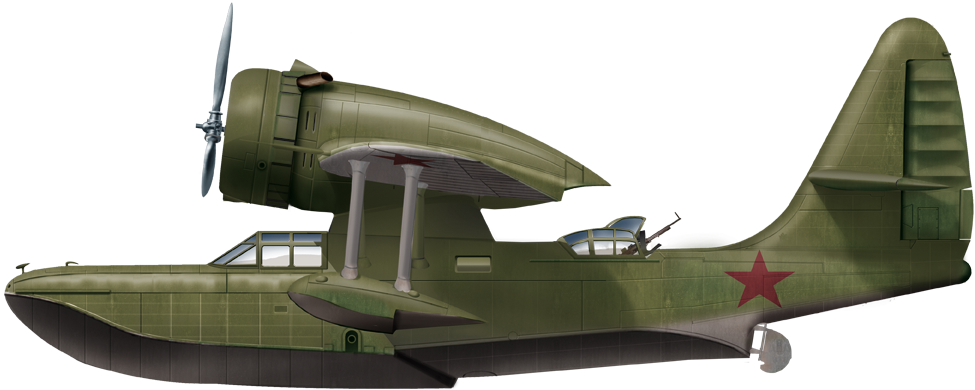
In olive green livery, as deployed in the Baltic, summer 1941

Kor-2 at Krasnoyarsk naval base, Siberia fall 1944
Additional photos








Video
- Lohner E (1913)
- Macchi M3 (1916)
- Macchi M5 (1918)
- Ansaldo ISVA (1918)
- Sopwith Baby (1916)
- Short 184 (1916)
- Fairey Campania (1917)
- Sopwith Cuckoo (1917)
- Felixstowe F.2 (1917)
- Friedrichshafen FF 33 (1916)
- Albatros W4 (1916)
- Albatros W8 (1918)
- Hanriot HD.2
- Grigorovitch M5
- IJN Farman MF.7
- IJN Yokosho Type Mo
- Yokosho Rogou Kougata (1917)
- Yokosuka Igo-Ko (1920)
- Curtiss N9 (1916)
- Aeromarine 39
- Vought VE-7
- Douglas DT (1921)
- Boeing FB.5 (1923)
- Boeing F4B (1928)
- Vought O2U/O3U Corsair (1928)
- Blackburn Blackburn (1922)
- Supermarine Seagull (1922)
- Blackburn Ripon (1926)
- Fairey IIIF (1927)
- Fairey Seal (1930)
- LGL-32 C.1 (1927)
- Caspar U1 (1921)
- Dornier Do J Wal (1922)
- Rohrbach R-III (1924)
- Mitsubishi 1MF (1923)
- Mitsubishi B1M (1923)
- Yokosuka E1Y (1923)
- Nakajima A1N (1927)
- Nakajima E2N (1927)
- Mitsubishi B2M (1927)
- Nakajima A4N (1929)
- CANT 18
WW1
✠ K.u.K. Seefliegerkorps:
 Italian Naval Aviation
Italian Naval Aviation
 RNAS
RNAS
 Marineflieger
Marineflieger
 French Naval Aviation
French Naval Aviation
 Russian Naval Aviation
Russian Naval Aviation
 IJN Air Service
IJN Air Service
 USA
USA
Interwar
 Interwar US
Interwar US
 Interwar Britain
Interwar Britain
 Interwar France
Interwar France
 Interwar Germany
Interwar Germany
 Interwar Japan
Interwar Japan
 Interwar Italy
Interwar Italy
- Curtiss SOC seagull (1934)
- Grumman FF (1931)
- Curtiss F11C Goshawk (1932)
- Grumman F2F (1933)
- Grumman F3F (1935)
- Northrop BT-1 (1935)
- Grumman J2F Duck (1936)
- Consolidated PBY Catalina (1935)
- Brewster/NAF SBN-1 (1936)
- Curtiss SBC Helldiver (1936)
- Vought SB2U Vindicator (1936)
- Brewster F2A Buffalo (1937)
- Douglas TBD Devastator (1937)
- Vought Kingfisher (1938)
- Curtiss SO3C Seamew (1939)
- Douglas SBD Dauntless (1939)
- Grumman F4F Wildcat (1940)
- F4U Corsair (NE) (1940)
- Brewster SB2A Buccaneer (1941)
- Grumman TBF/TBM Avenger (1941)
- Consolidated TBY Sea Wolf (1941)
- Grumman F6F Hellcat (1942)
- Curtiss SB2C Helldiver (1942)
- Curtiss SC Seahawk (1944)
- Grumman F8F Bearcat (1944)
- Ryan FR-1 Fireball (1944)
- Douglas AD-1 Skyraider (1945)
Fleet Air Arm
- Fairey Swordfish (1934)
- Blackburn Shark (1934)
- Supermarine Walrus (1936)
- Fairey Seafox (1936)
- Blackburn Skua (1937)
- Short Sunderland (1937)
- Blackburn Roc (1938)
- Fairey Albacore (1940)
- Fairey Fulmar (1940)
- Grumman Martlet (1941)
- Hawker sea Hurricane (1941)
- Brewster Bermuda (1942)
- Fairey Barracuda (1943)
- Fairey Firefly (1943)
- Grumman Tarpon (1943)
- Grumman Gannet (1943)
- Supermarine seafire (1943)
- Blackburn Firebrand (1944)
- Hawker Sea Fury (1944)
IJN aviation
- Aichi D1A "Susie" (1934)
- Mitsubishi A5M "Claude" (1935)
- Nakajima A4N (1935)
- Yokosuka B4Y "Jean" (1935)
- Mitsubishi G3M "Nell" (1935)
- Nakajima E8N "Dave" (1935)
- Kawanishi E7K "Alf" (1935)
- Nakajima B5N "Kate" (1937)
- Kawanishi H6K "Mavis" (1938)
- Aichi D3A "Val" (1940)
- Mitsubishi A6M "zeke" (1940)
- Nakajima E14Y "Glen" (1941)
- Nakajima B6N "Jill" (1941)
- Mitsubishi F1M "pete" (1941)
- Aichi E13A Reisu "Jake" (1941)
- Kawanishi E15K Shiun "Norm" (1941)
- Nakajima C6N Saiun "Myrt" (1942)
- Yokosuka D4Y "Judy" (1942)
- Kyushu Q1W Tokai "Lorna" (1944)
Luftwaffe
- Arado 196 (1937)
- Me109 T (1938)
- Blohm & Voss 138 Seedrache (1940)
Italian Aviation
- Savoia-Marchetti S.55
- IMAM Ro.43/44
- CANT Z.501 Gabbiano
- CANT Z.506 Airone
- CANT Z.508
- CANT Z.511
French Aeronavale
- GL.300 (1926-39)
- Levasseur PL.5 (1927)
- Potez 452 (1935)
- Loire 210 (1936)
- Loire 130 (1937)
- LN 401 (1938)
Soviet Naval Aviation
- Shavrov SH-2 (1928)
- Tupolev TB-1P (1931)
- Beriev MBR-2 (1930)
- Tupolev MR-6 (1933)
- Tupolev MTB-1 (1934)
- Beriev Be-2 (1936)
- Polikarpov I16 naval (1936)
- Tupolev MTB-2 (1937)
- Ilyushine DB-3T/TP (1937)
- Beriev Be-4 (1940)
-
Skoda Š-328V
R-XIII Idro
Fokker C.XI W (1934)
WW2
- De Havilland Sea Vixen
- Hawker Sea Hawk
- Supermarine Scimitar
- Blackburn Buccaneer
- Hawker Sea Harrier
- Douglas A4 Skyhawk
- Grumman F9F Panther
- Vought F8 Crusader
- McDonnell-Douglas F-4 Phantom-II
- North Am. A5 Vigilante
- TU-142
- Yak 38 forger
☢ Cold War
✧ NATO
 Fleet Air Arm
Fleet Air Arm
 US Navy
US Navy
☭ Warsaw Pact
Merch
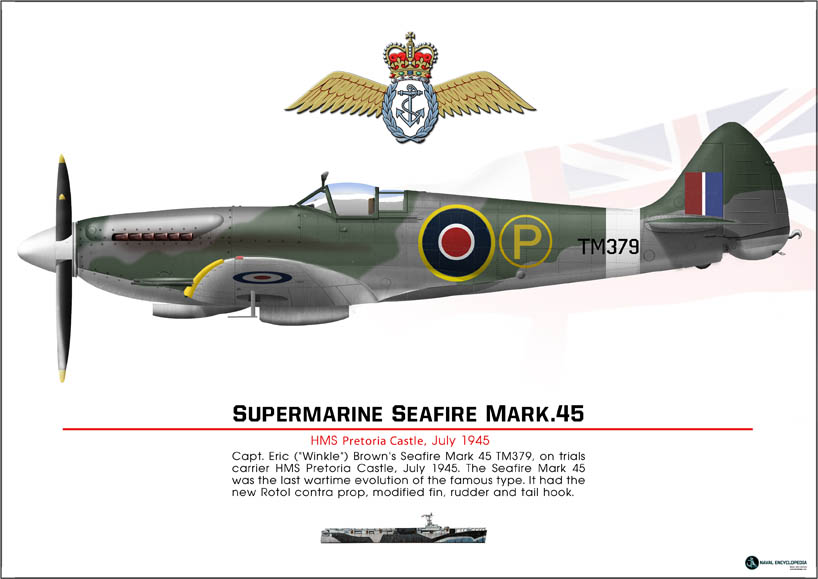
Seafire Mark 45; HMS Pretoria Castle
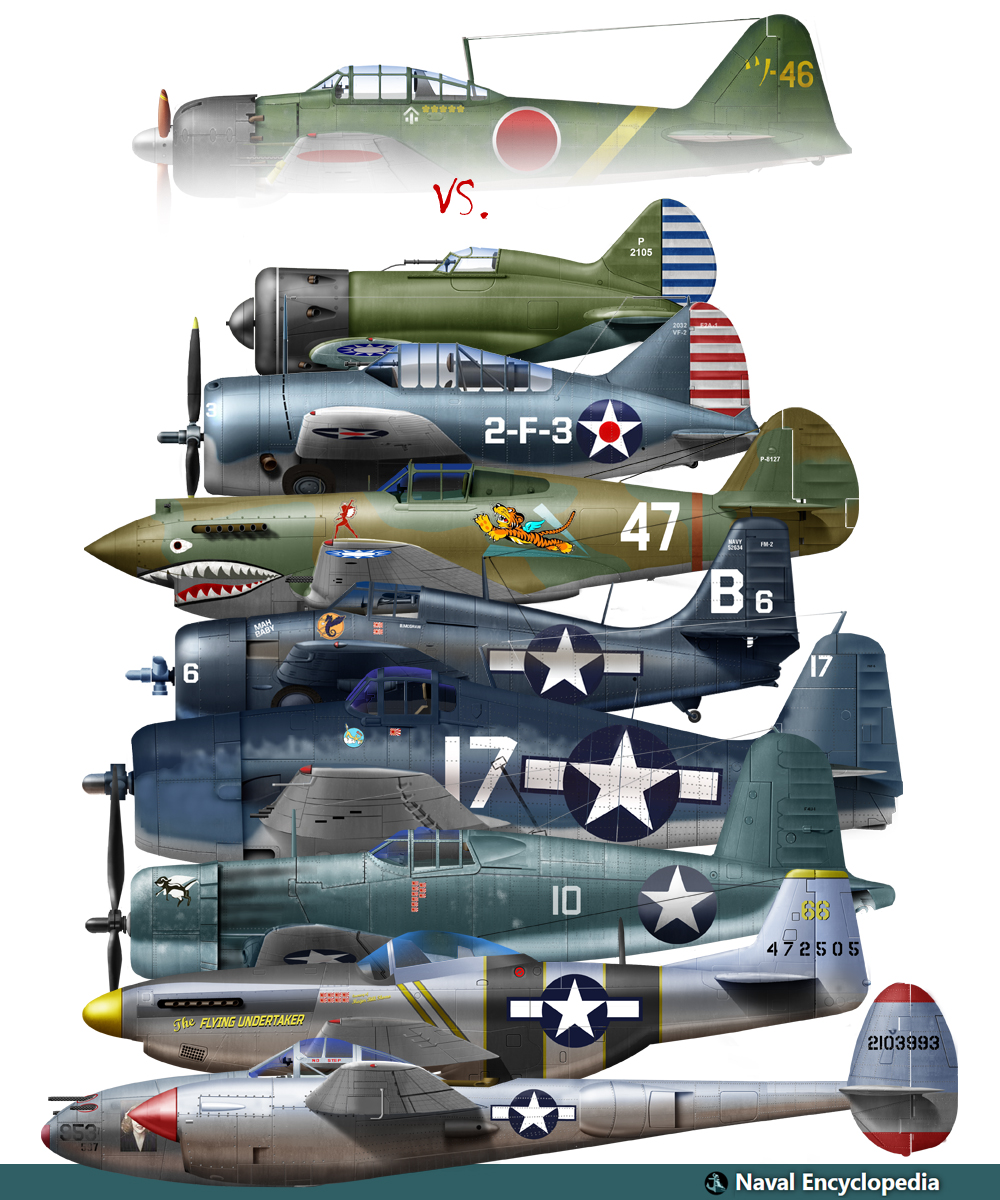
Zeros vs its aversaries
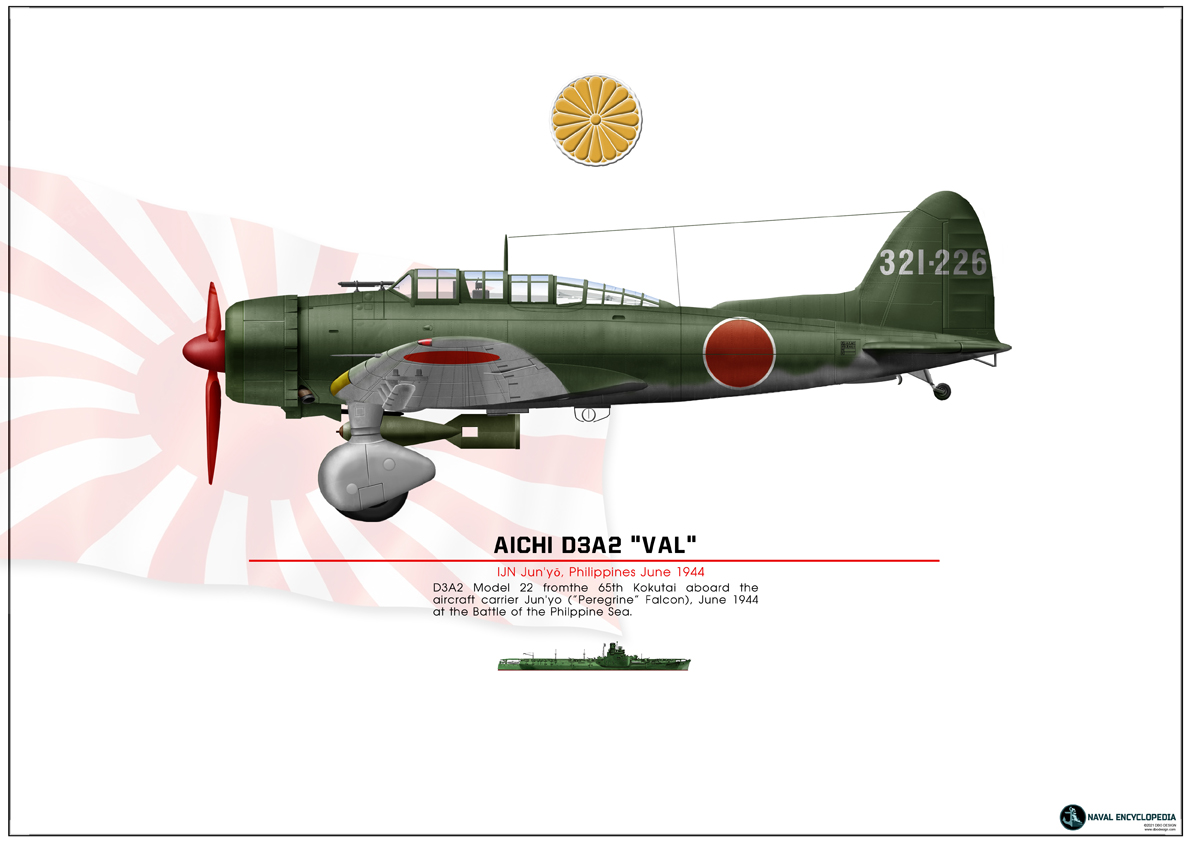
Aichi D3A “Val” Junyo
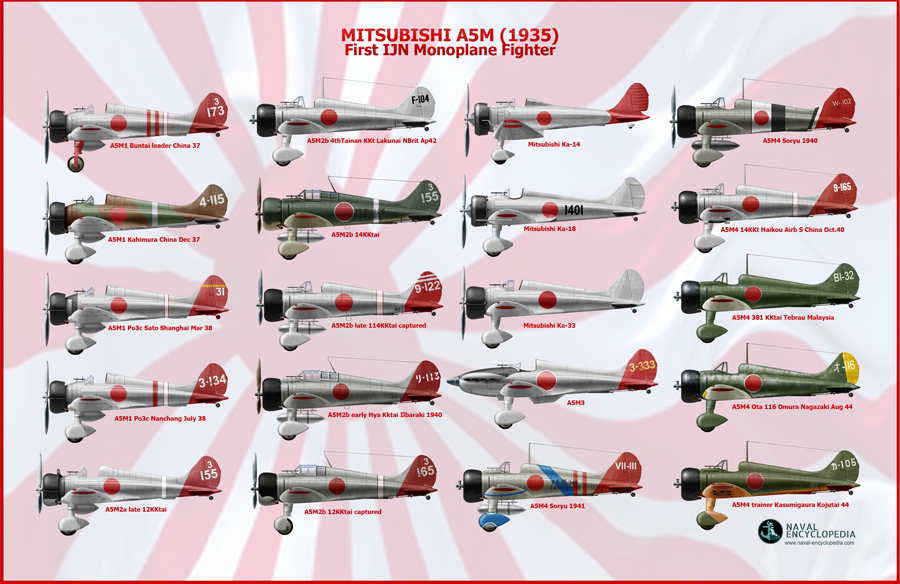
Mitsubishi A5M poster
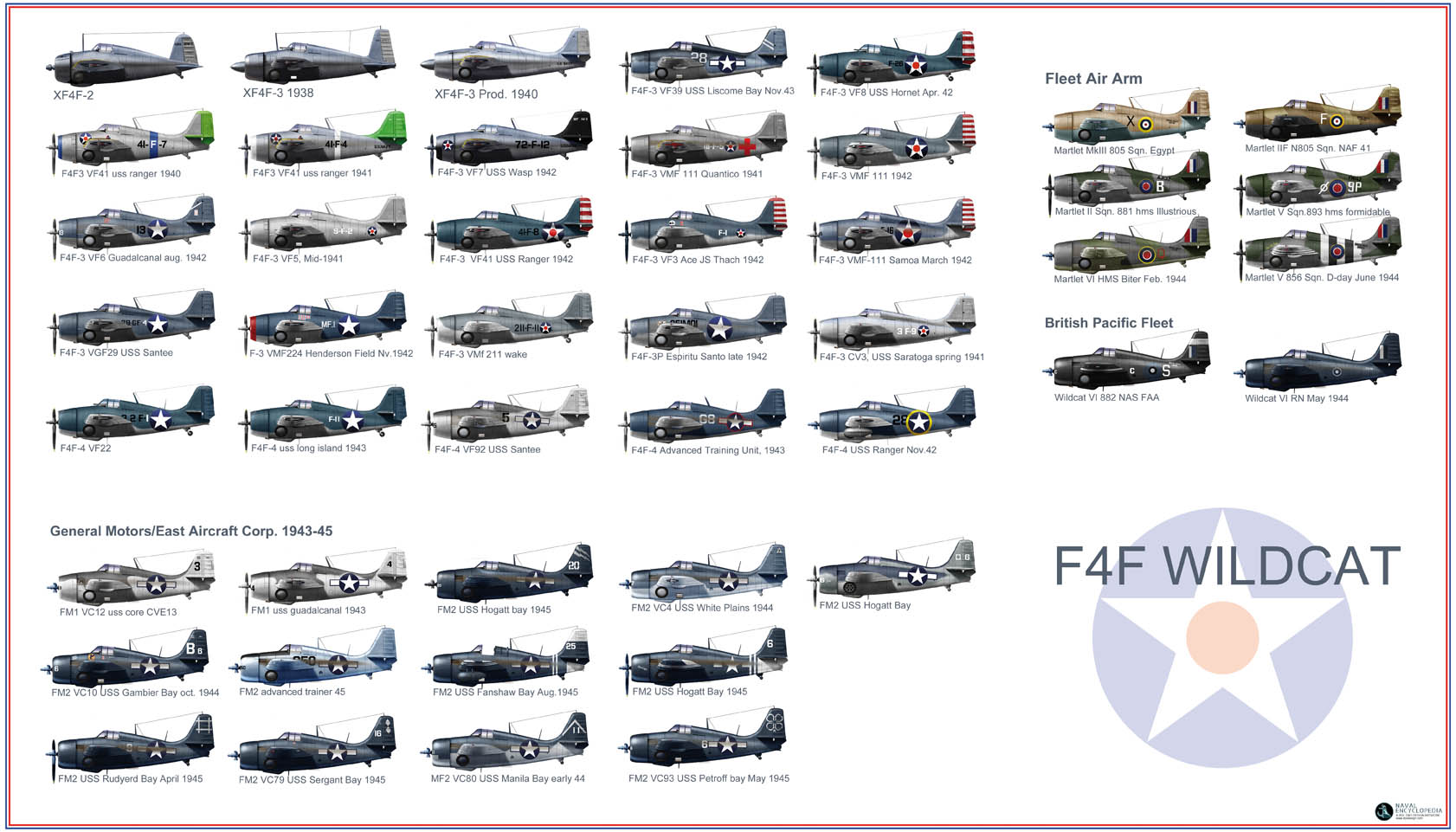
F4F wildcat
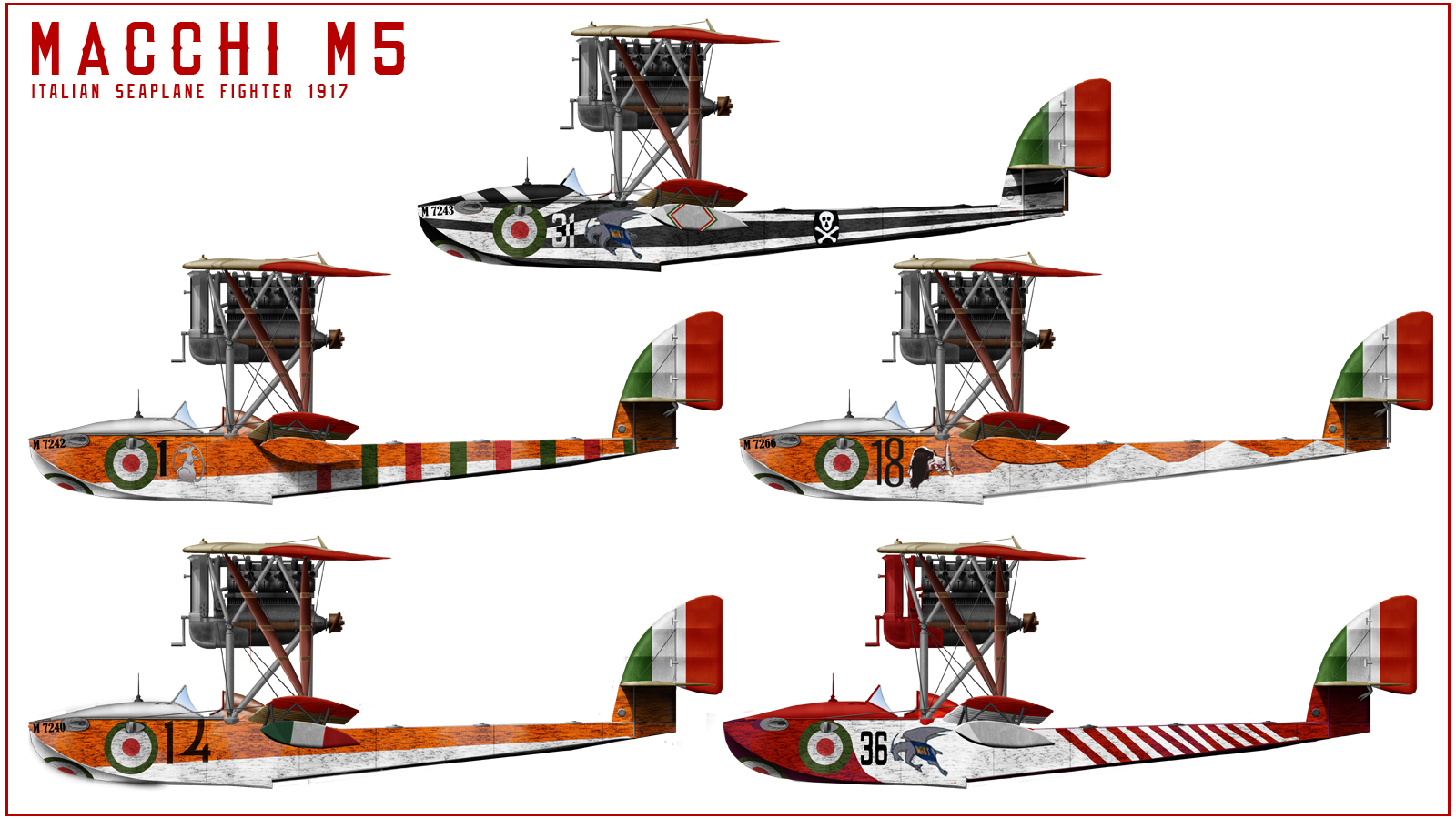
Macchi M5
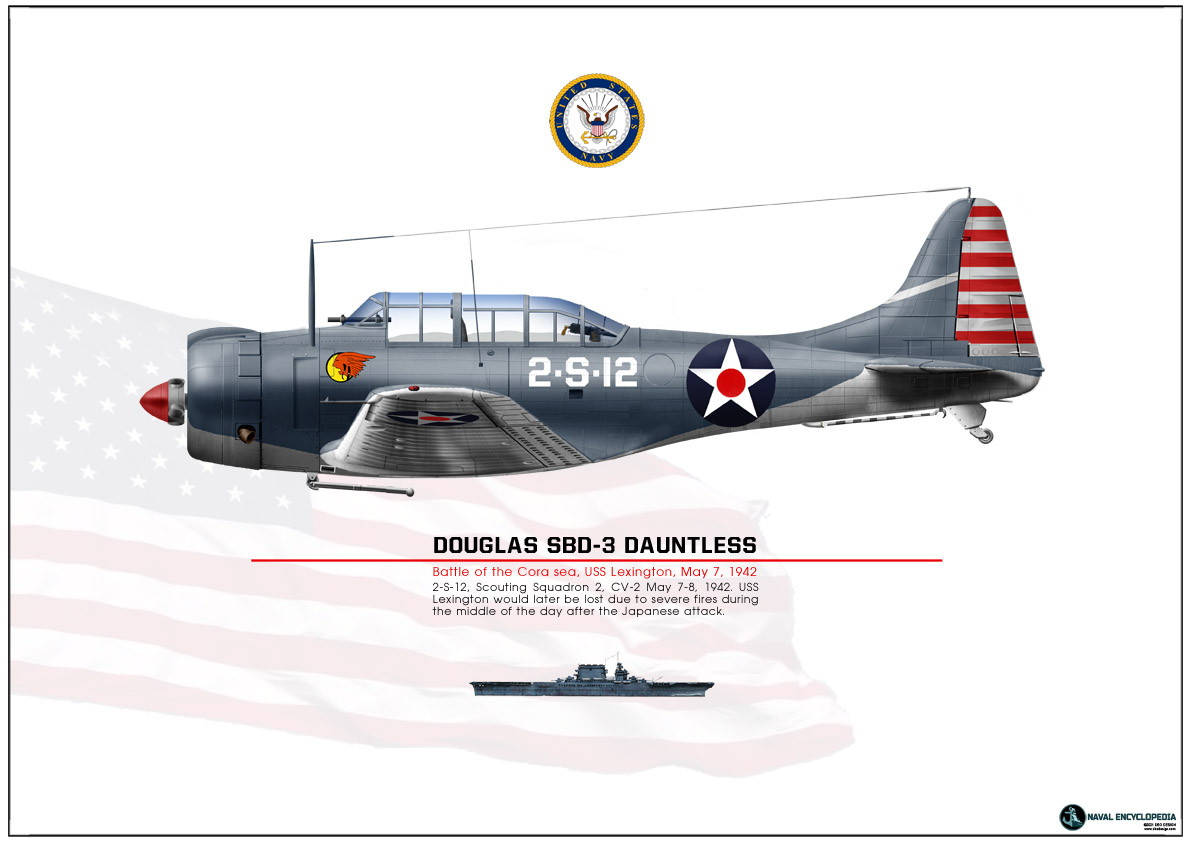
SBD Dauntless Coral Sea
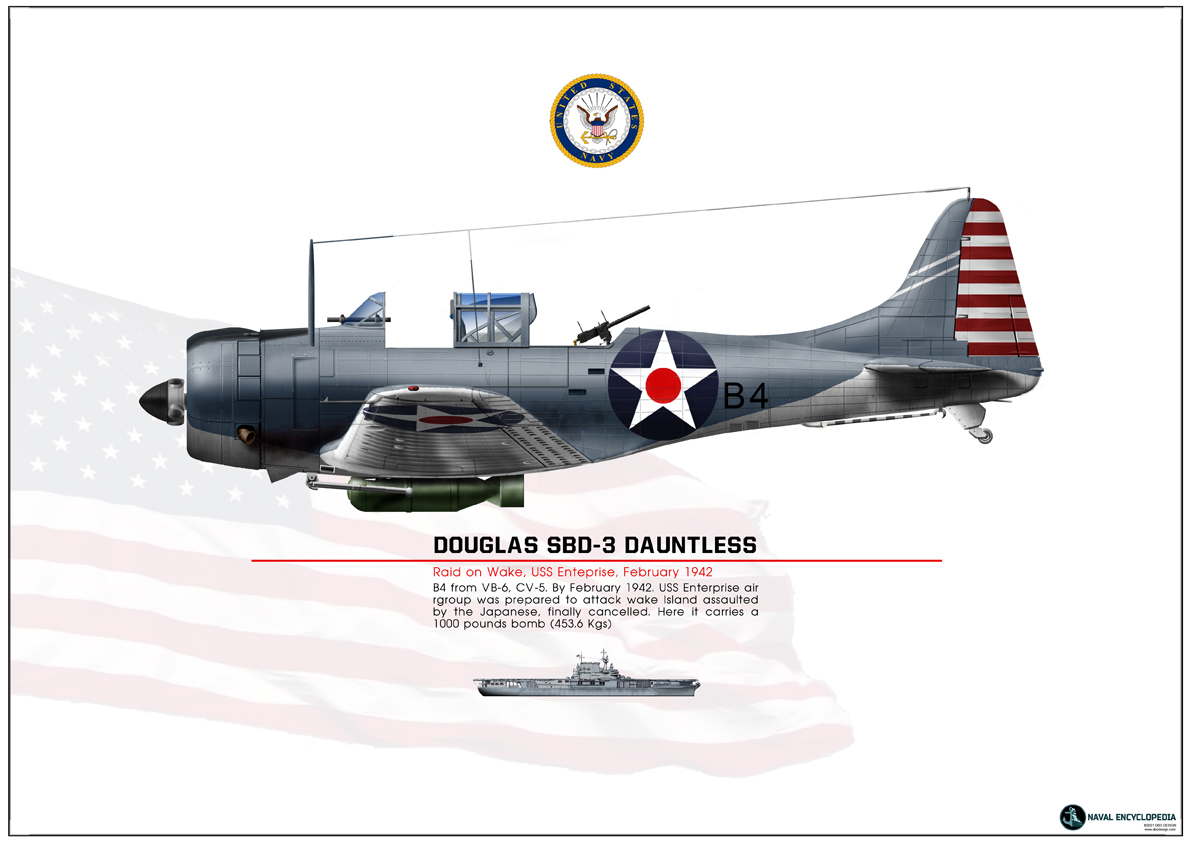
SBD Dauntless USS Enterprise
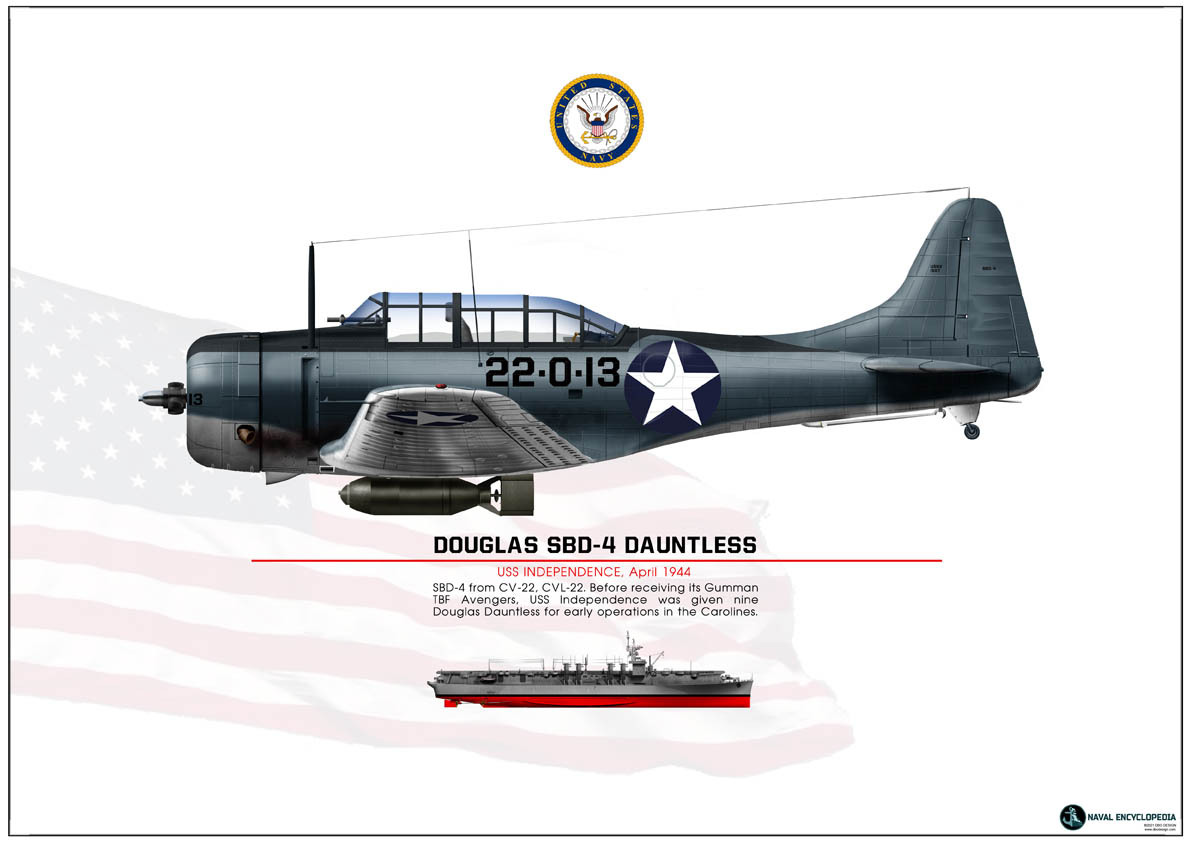
SBD-4 CV22
